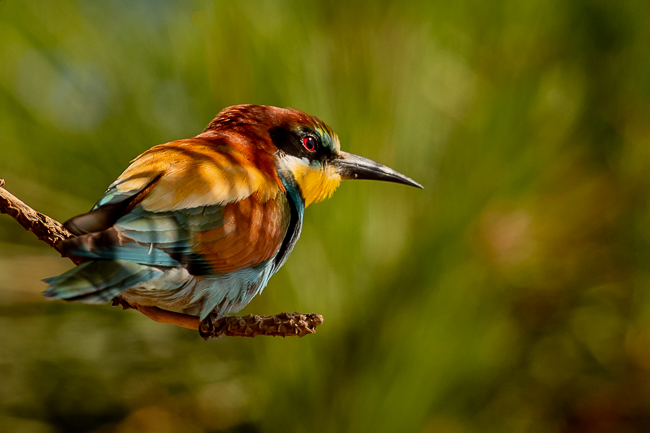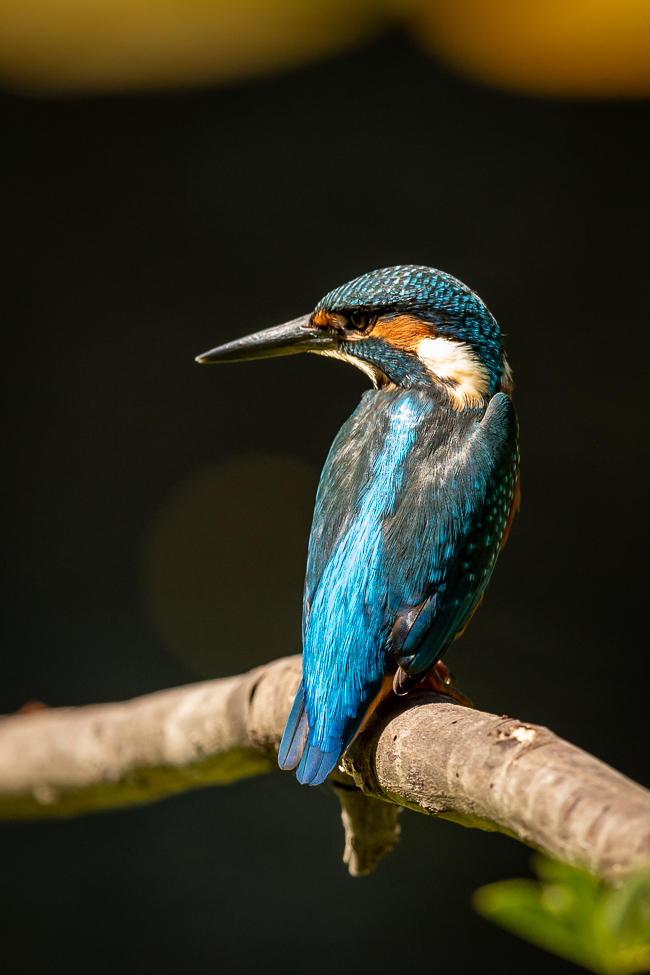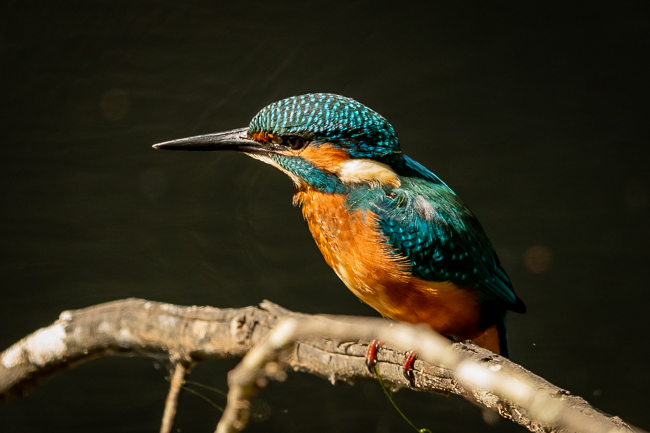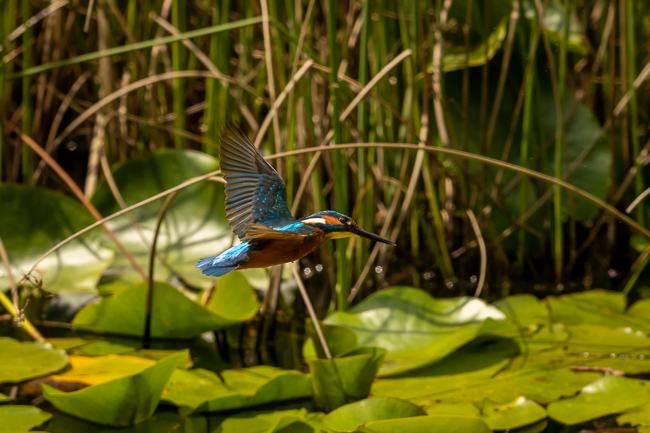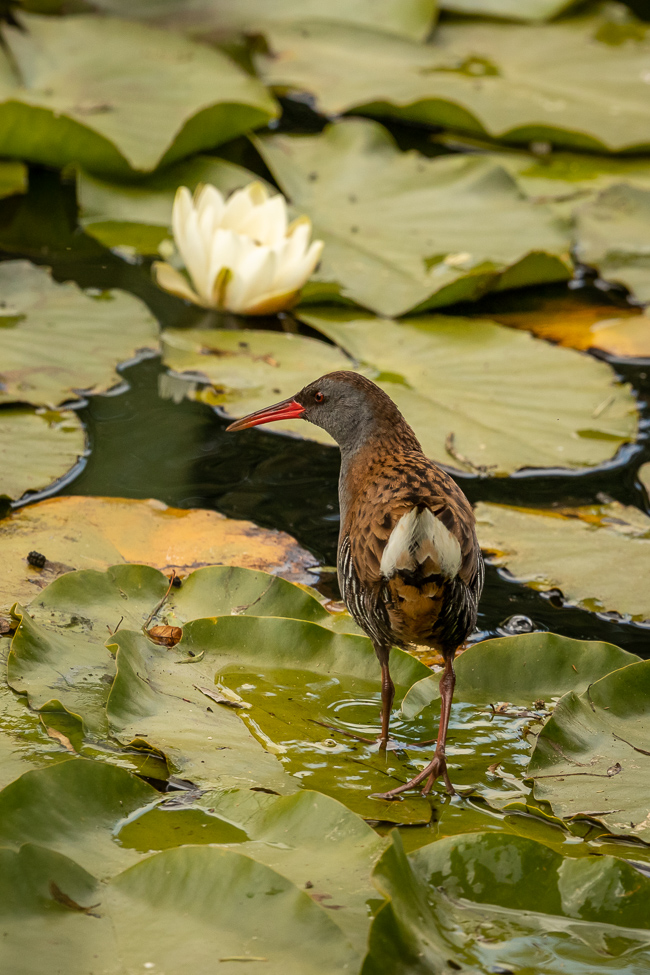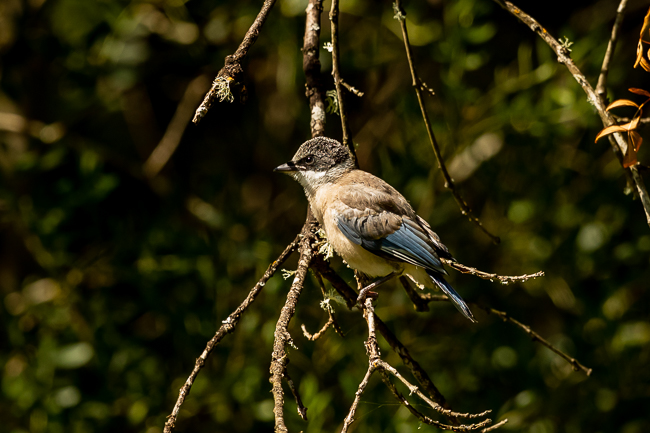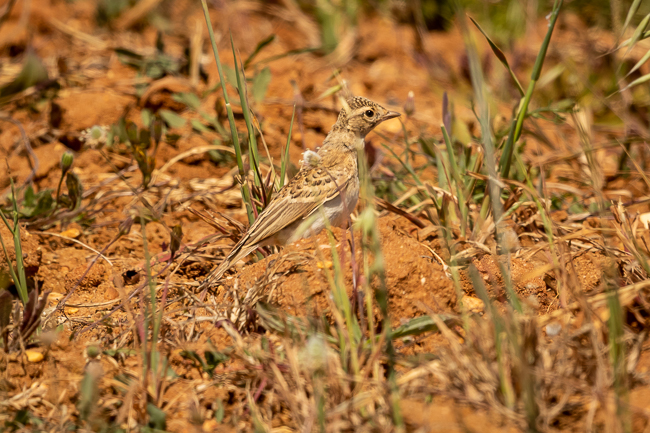I managed to have a couple of hours all on my own down at our Water Rail and Kingfisher Hide this morning and it was buzzing – not like a couple of days ago when I sat down there for two hours in the afternoon and saw next to nothing.
First of all came the Common Kingfisher,
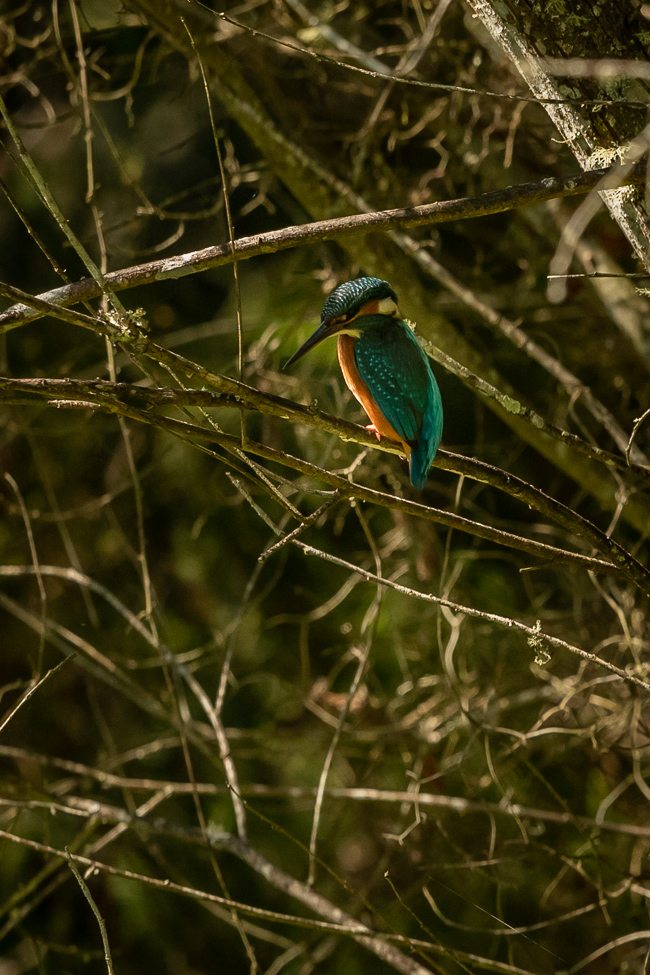
followed by a juvenile White Wagtail,
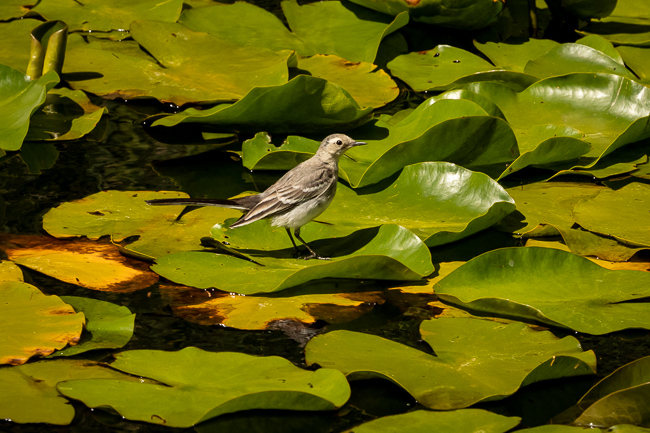
catching insects off the lilly pads. Unlike the other two species of Wagtail in this part of Europe, White Wags prefer a dry habitat and it’s not often that they venture onto water.
Then along came a juvenile Common Moorhen, checking out each individual flower for insects,
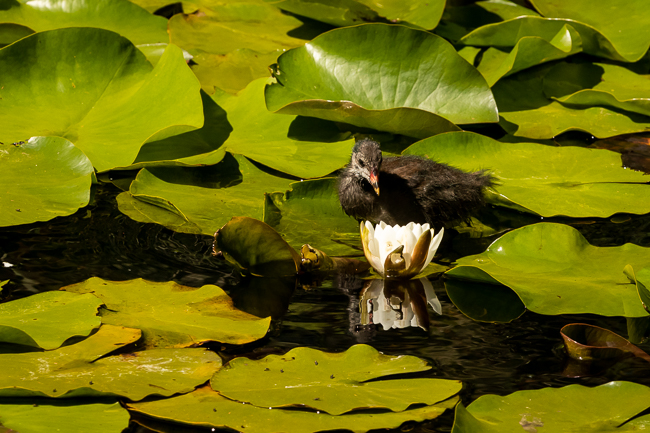
followed by one of the local bunch of House Sparrows who always use the same fallen branches off which to drink.
Then, out of nowhere, there was the first of the morning’s Water Rails, a juvenile heading downstream.
Right on the far side of the pool and stealthily making its way through the reeds it was difficult to get a shot, but, just when I was giving it up for a bad job, there was another one, this time right out in the open and making its way upstream. Two juveniles at the same time and both well advanced with no sign of the adults who are probably already on their second clutch.
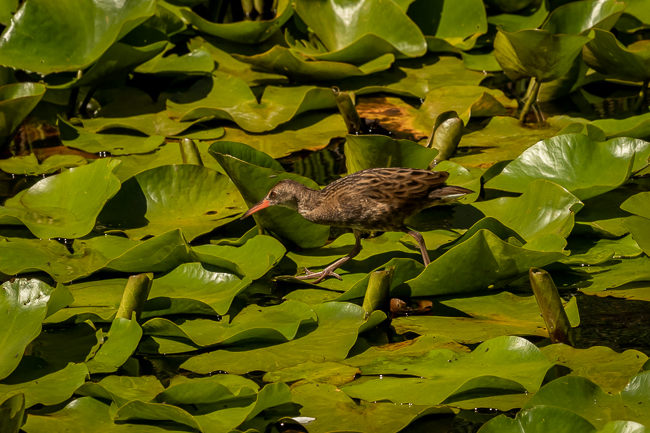
I managed a few shots as it hunted across the pads,
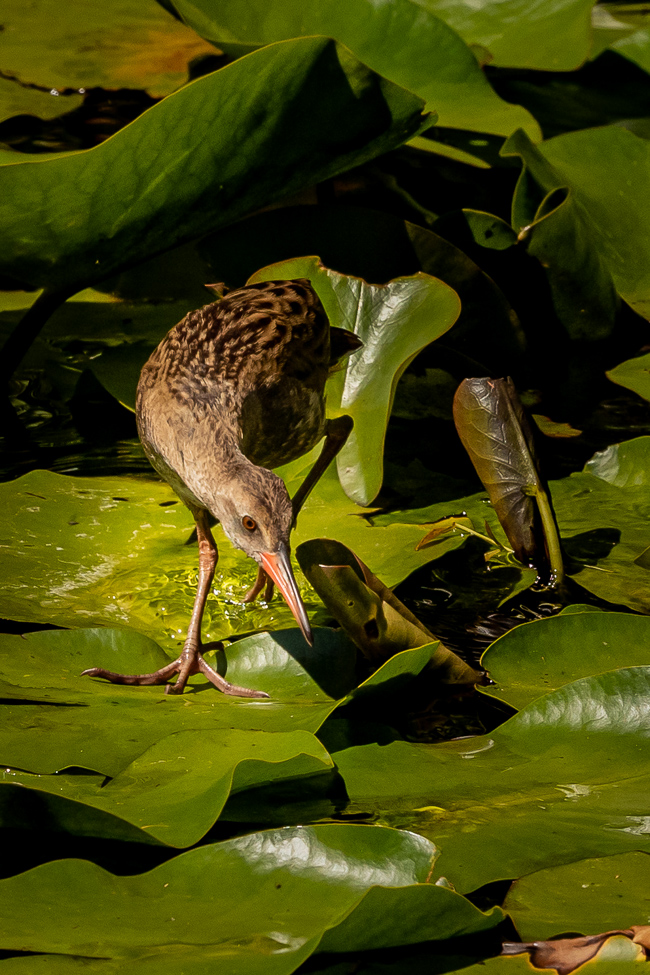
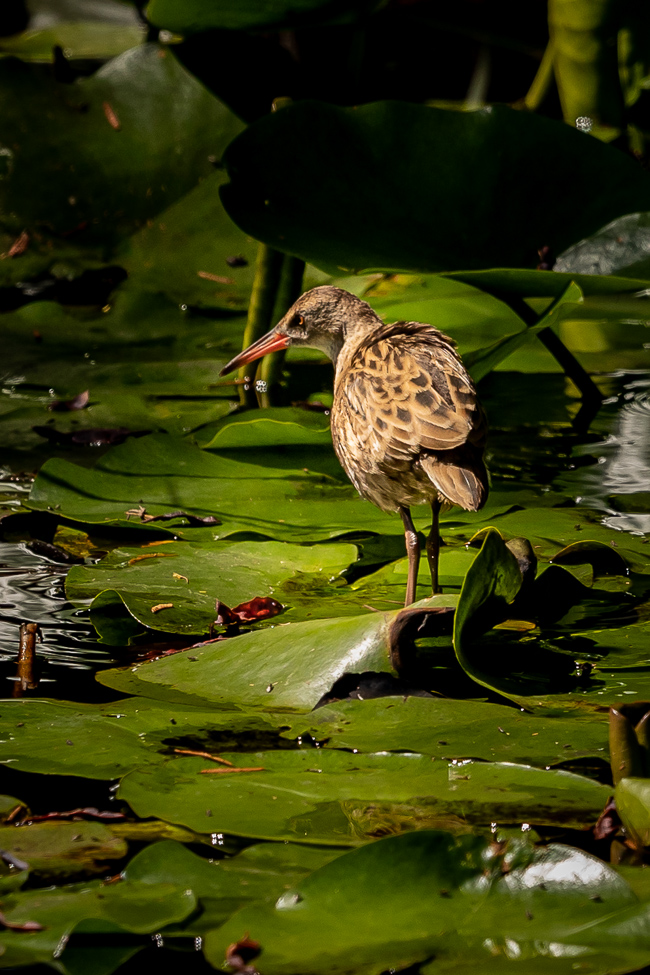
before it merged into the deep shadow on the far side of the stream where the water level has dropped recently. A whole lot of fun trying to get the camera settings right to get the following shots, so not the best ones, I admit, but not too disrespectful for a skulking brown bird in deep shadow against a dark brown muddy bank …
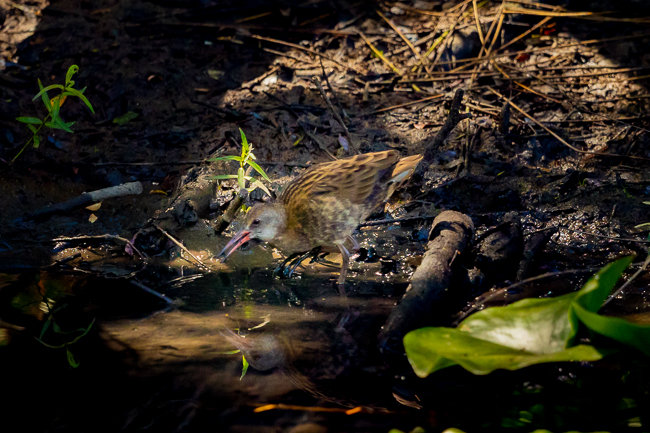
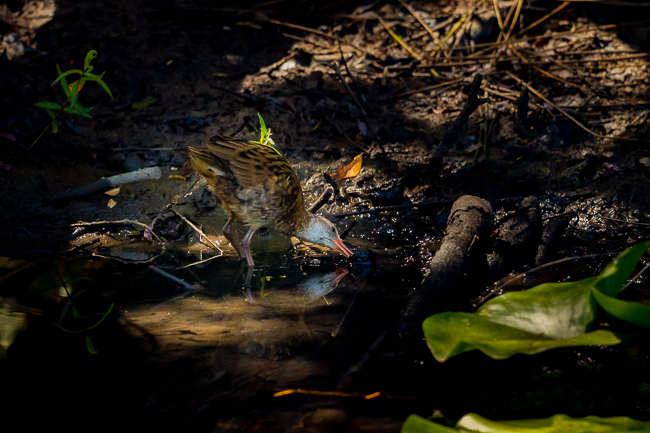
The Common Kingfisher had flashed by a few times, gone before I could get on to it, but it wasn’t long before it was back, this time successfully catching a small fish,
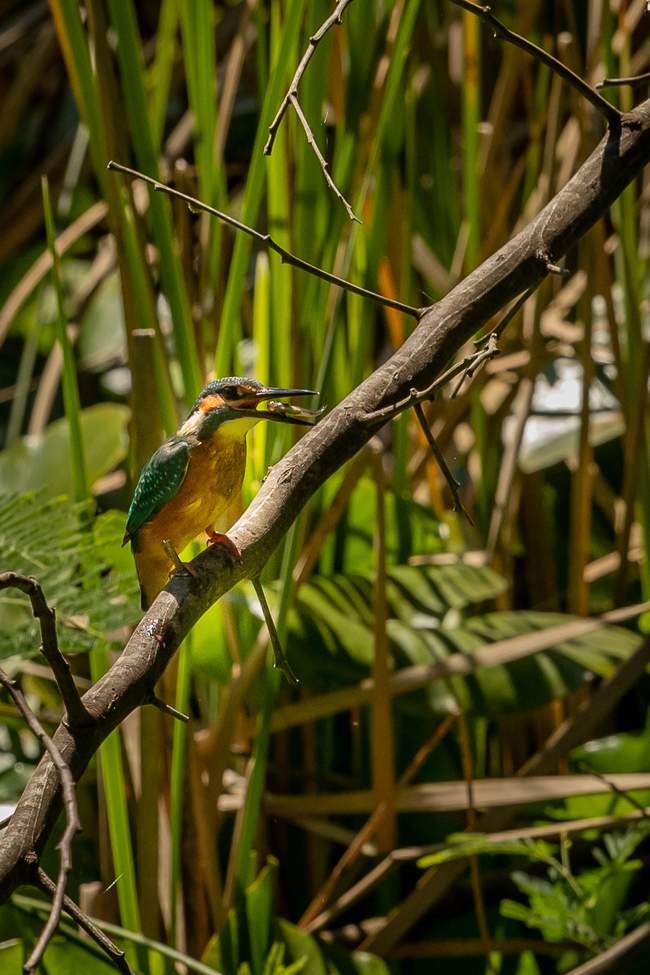
before perching annoyingly just the wrong side of a bunch of leaves.
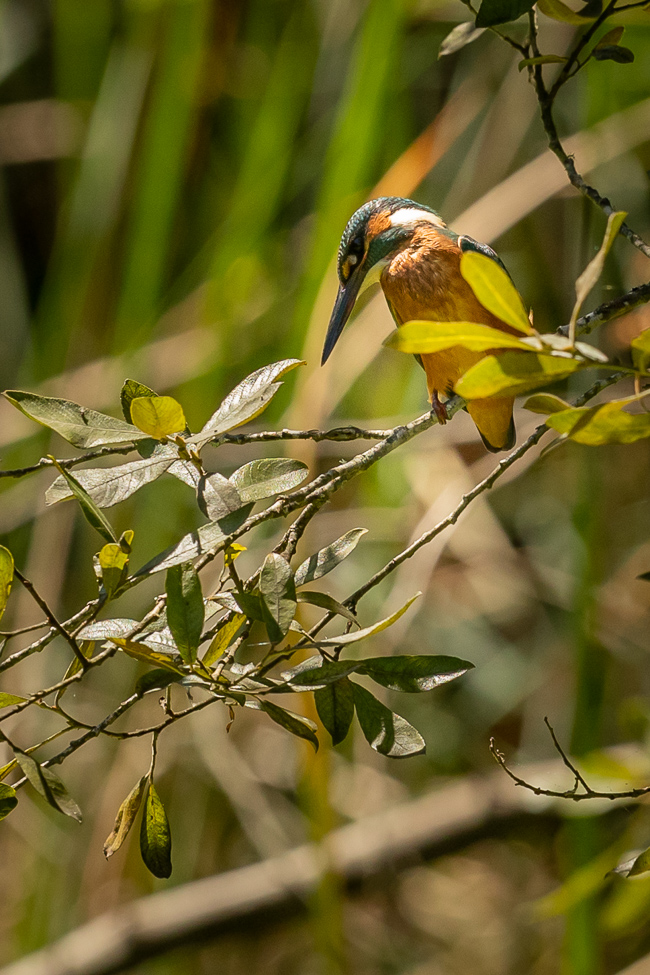
Then it was the turn of the original juvenile Water Rail, this time heading upstream again,
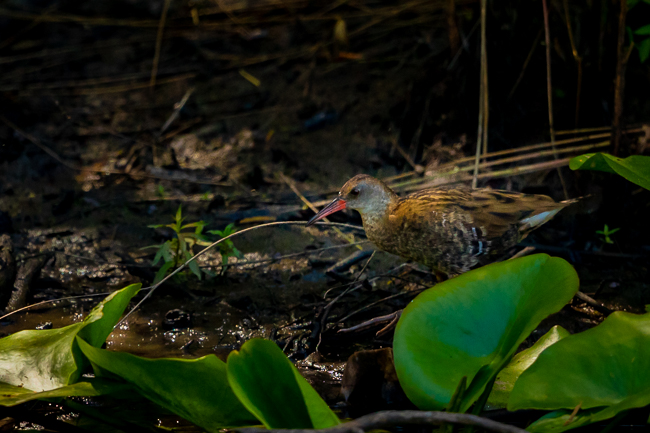
being closely followed by a more advanced juvenile Common Moorhen than the first I had seen earlier.
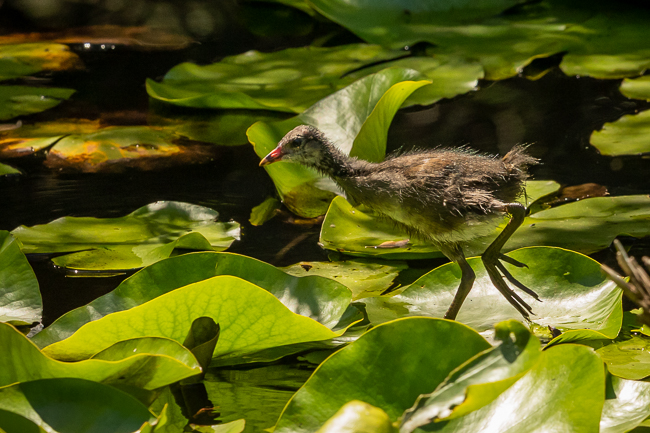
There’d been a Blackcap calling earlier and Golden Orioles’ fluting calls accompanied the morning, but no Nightingales today, just a solitary European Serin for a few seconds.
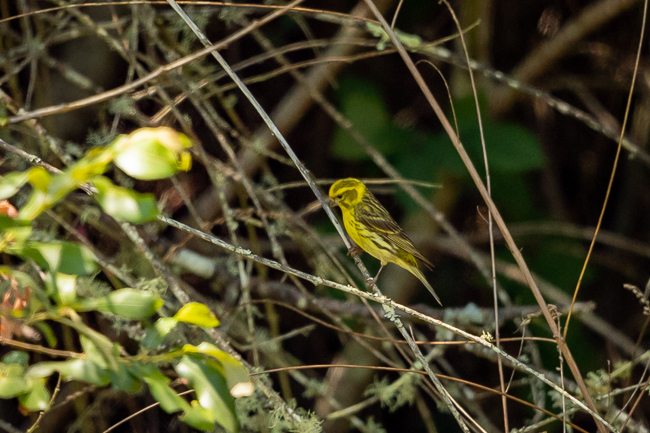
On the far bank a large group of about 20 Spanish Terrapins clambered one atop the next searching for the best sunbathing spots, every now and again being gripped by mass panic and plopping into the water, only to re-emerge five minutes later to begin the mass scramble up the bank again. These Terrapins live an awfully long time, the ones in the picture below probably in their 50’s or 60’s.
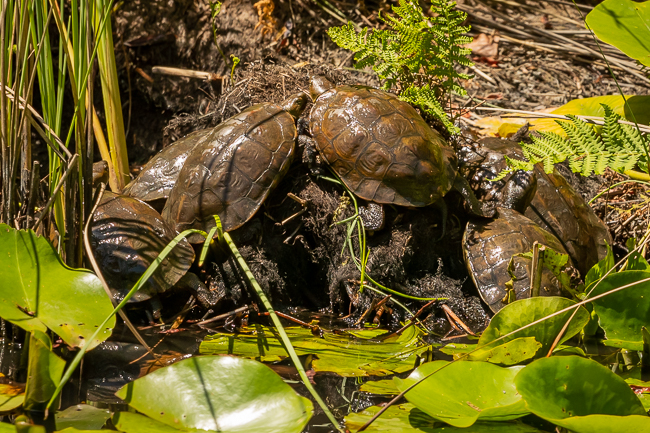
The next caller to the little pool in front of the hide was another juvenile, this time a Grey Wagtail,
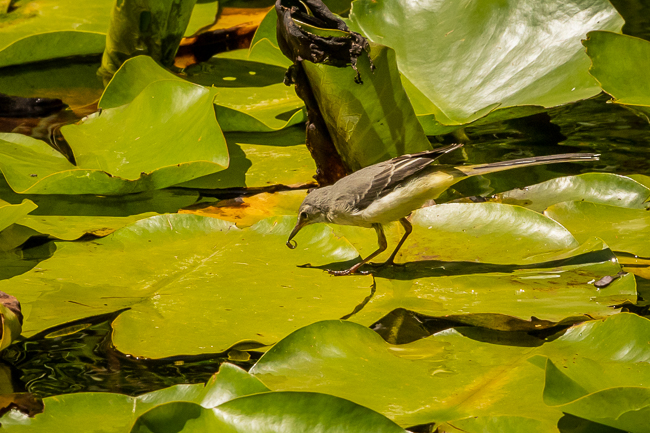
a Wagtail that frequents streams and inland waterways. Interestingly it was hunting and catching small fish hiding among the lilly pads.
For the whole two hours a Blue Emperor dragonfly had been cruising its beat backwards and forwards past the hide, so I thought I’d have a go for an in-flight shot and was lucky enough to get this one.
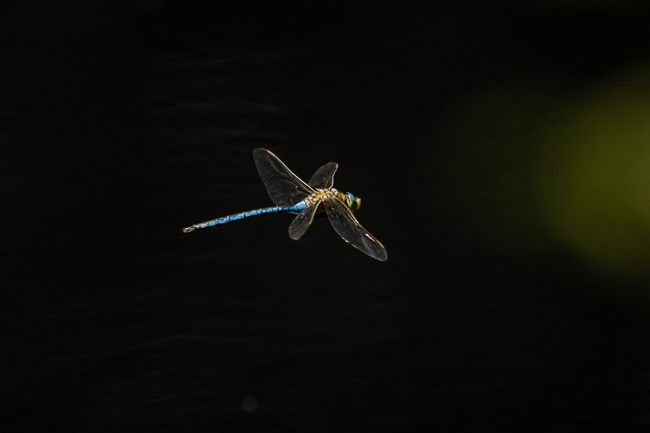
Finally, just as my alarm started buzzing to tell me I had to get back for lunch, an Iberian Chiffchaff paid a quick visit to the bushes on the hide’s side of the stream.
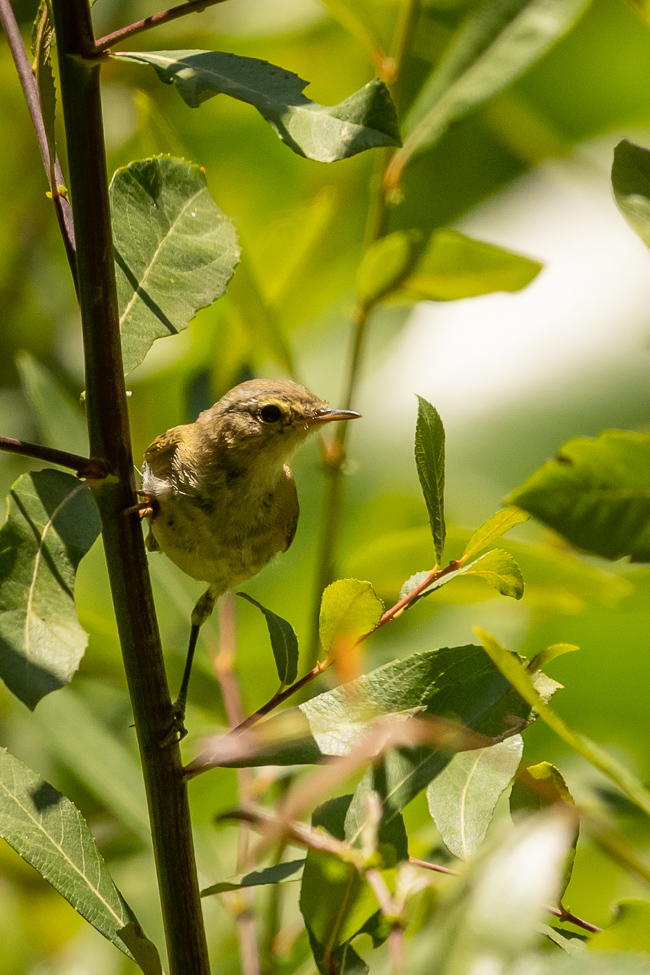
No Otters this morning, nor Southern Water Voles or any other mammals, but there were times when it was a difficult decision to know where to concentrate, and it sure made up for the two hours of nothing two days ago when the weather was decidedly colder and nothing wanted to move at all.
All in all it was a lovely morning!
